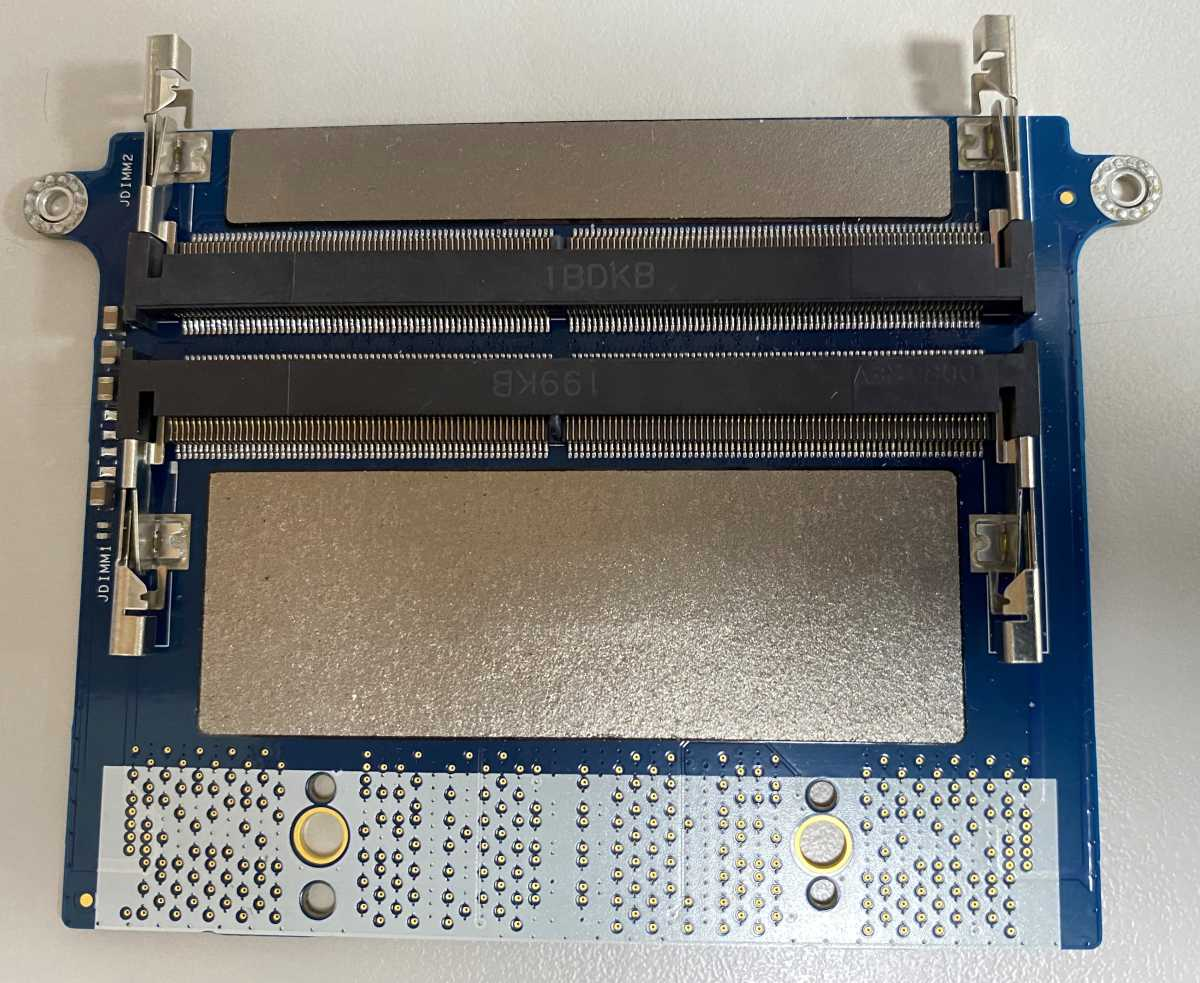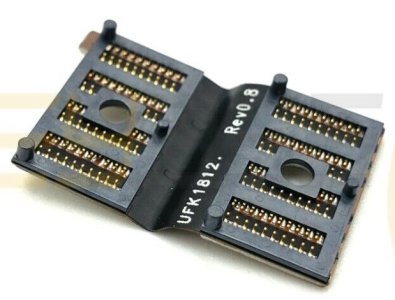scottypippin
Weaksauce
- Joined
- Feb 28, 2022
- Messages
- 126
I think I might be reviving an old topic, but it is relevant now that we have actual physical specimens of the thing.
https://www.notebookcheck.net/CAMM-memory-preview-The-Dell-SODIMM-revolution.658666.0.html
Its easy to be skeptical of this - it looks like a modern dell "creates more problems than it fixes" solution to me, but that could be unfair given they are not going the proprietary route. My main takeaways (which the article also comments on):
https://www.notebookcheck.net/CAMM-memory-preview-The-Dell-SODIMM-revolution.658666.0.html
Its easy to be skeptical of this - it looks like a modern dell "creates more problems than it fixes" solution to me, but that could be unfair given they are not going the proprietary route. My main takeaways (which the article also comments on):
- Bad thing: Takes up less vertical but way more horizontal space
- It's possible this could eventually not matter if memory modules decreased in physical size, but....not sure that has happened. Laptops are becoming more Z dimension compact, but not as much X and Y so maybe this won't be an issue.
- Good thing: There is room (as Dell claims) to put something like a wireless card underneath the CAMM module. That'd be nice as boards become less and batteries become more of the internals of consumer devices.
- However (I'm speaking from some ignorance here) given DDR5's increase in temperature, would it be feasible to cook your wifi card with new modules? Again, asking from ignorance here...
- Weird thing: 6 screws?
Anyone know of any other manufacturers taking a stab at a new SODIMM connection standard?More specifically, RAM speeds greater than 6400 MT/s are not possible with the current standard. This ceiling is becoming a problem on very high-end laptops and workstations while most consumer-level laptops have yet to reach the limit. Naturally, more laptops will hit the ceiling in the years to come as RAM speeds become faster and faster.
![[H]ard|Forum](/styles/hardforum/xenforo/logo_dark.png)



